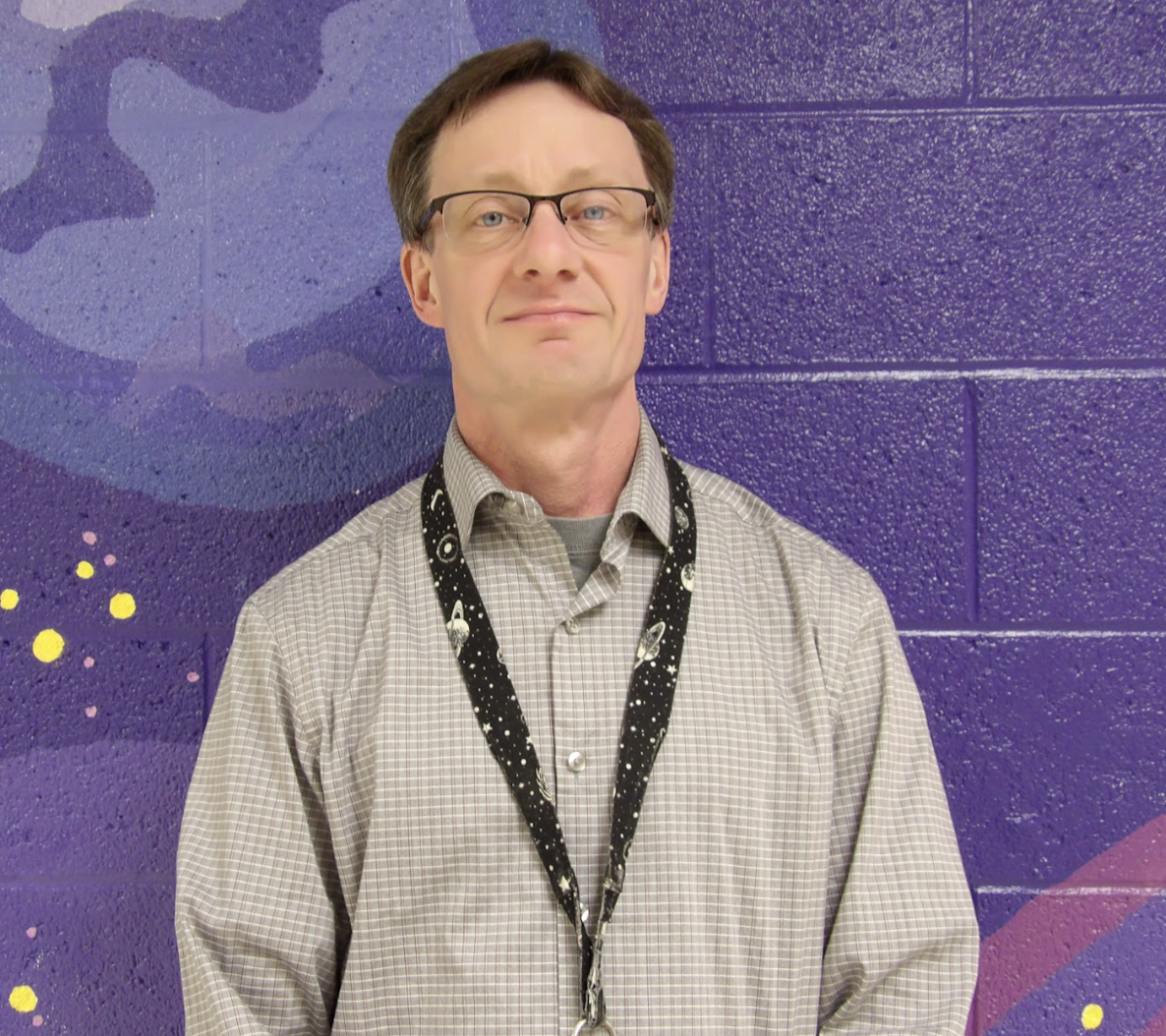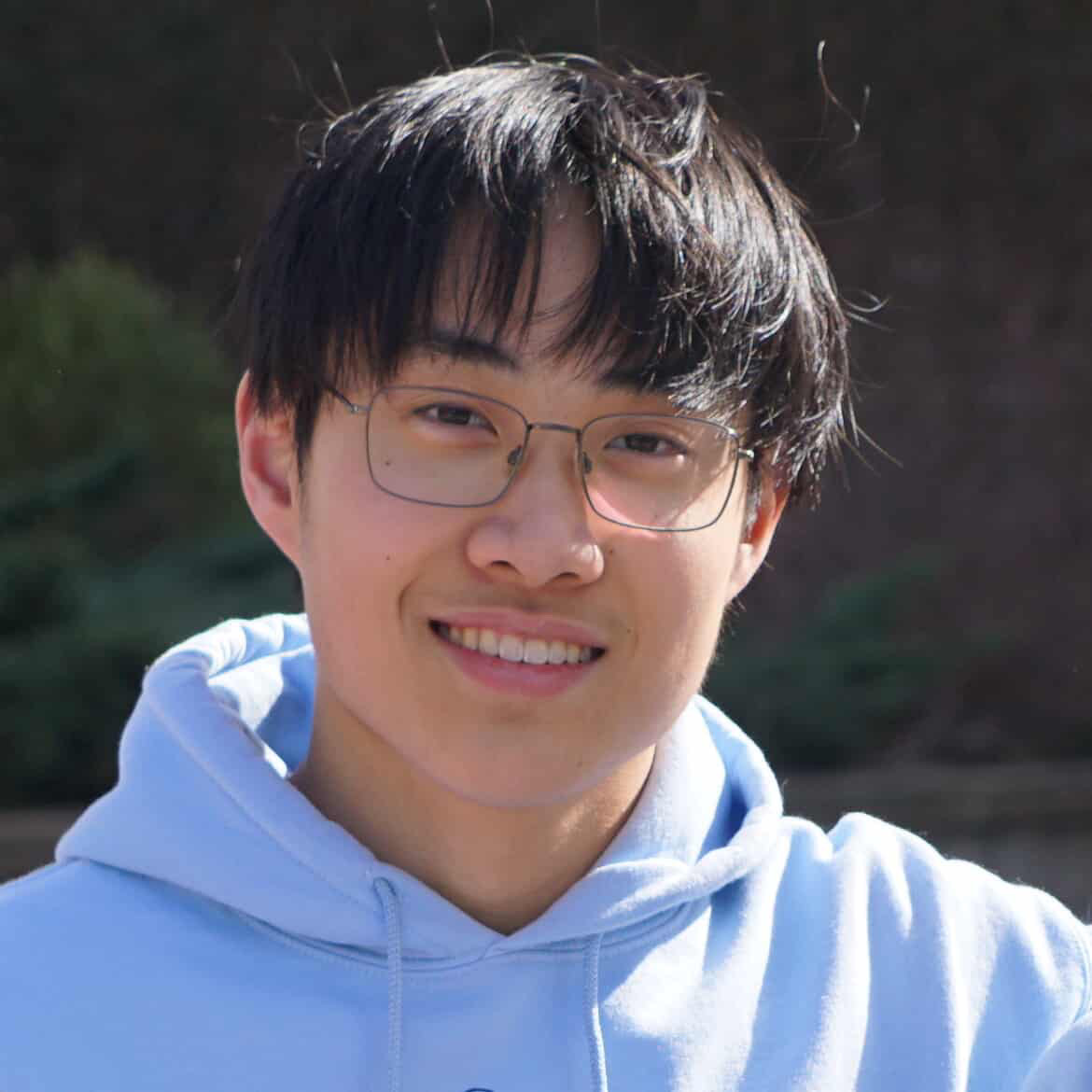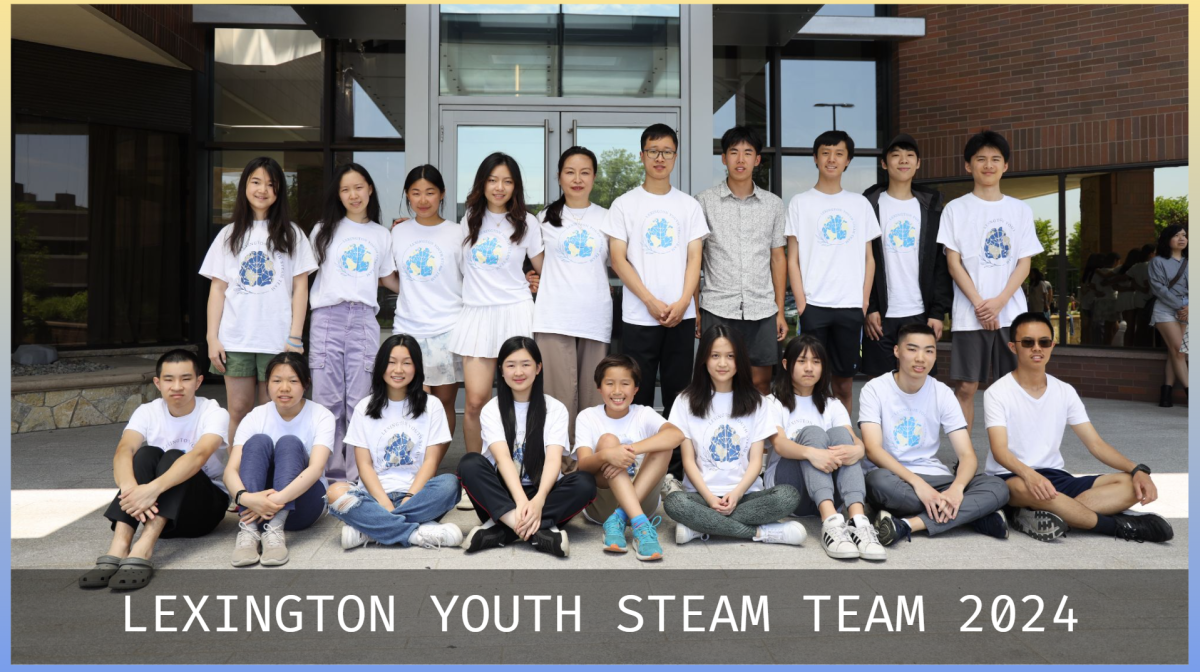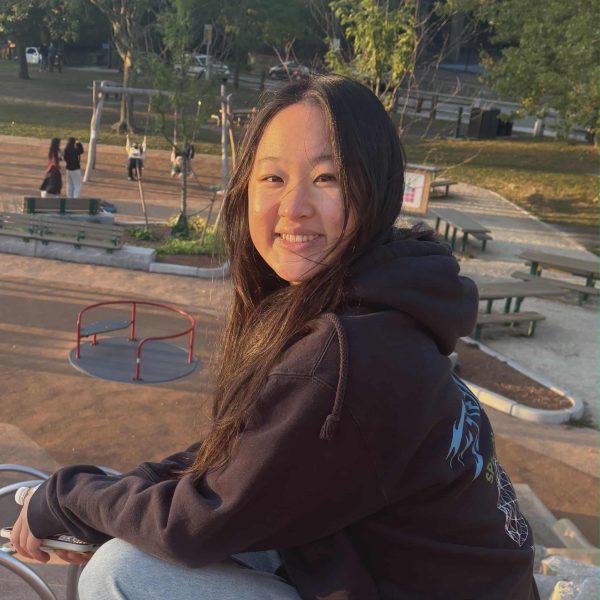During I Block on March 14, Katharine Hesse, a scientist from the Massachusetts Institute of Technology (MIT) Kavli Institute for Astrophysics and Space Research, visited Lexington High School to deliver a presentation on exoplanets, which are planets that orbit around stars outside of the solar system. This gave students the opportunity to learn more about astronomy and interact with a scientist.
The event was hosted by Glenn Allen, a science teacher at LHS, who has experience working on X-ray astronomy missions, such as NASA’s Chandra X-ray satellite. He believes that astronomy is unique compared to other fields of science being taught in school.
“I find [astronomy] interesting because, compared to physics, a lot of what’s happening is very new. So there’s new things being discovered year after year, whereas the physics classes I teach are physics that’s been known for hundreds of years,” Allen said.
When Allen heard about the Transiting Exoplanet Survey Satellite (TESS) mission at MIT, he decided to ask Hesse to present her work to LHS students.
Hesse is part of the TESS vetting team, where she identifies which exoplanet candidates are truly planets.
“I spend most of my time organizing report collections for TESS exoplanet vetting sessions as well as reviewing the candidates myself. I also check to update our planet candidate catalog with new data as TESS continues to observe and include any updates from follow-up observers, as well as looking for trends in the planet candidates we have identified so far,” Hesse said.
During the lecture, Hesse explained that most of the planets her team has found are often bigger than Jupiter and closer to stars. This is partially due to the way they can classify planets.
“[TESS] looks for planets that block part of a star’s light. So they’re not looking at the planet directly, what they’re looking at is the star. They noticed that the star gets slightly dimmer when the planet passes in front of it. Of course, that only works if you’re looking at the solar system edge on and the planet is between you and the star,” Hesse said.
Hesse also described how, after identifying an object as a planet, they go about determining its other characteristics.
“They can get a density for the planet. If they’re similar in density to, say, Earth, or the other rocky planets in our solar system… they’re probably rocky planets. Or if they’re not, if their densities are much lower than they’re probably like Jupiter or Saturn, those bigger planets that are gaseous,” Hesse said.
Allen hopes the event was able to instill a sense of astonishment in students and encourage them to study science in the future.
“Astronomy definitely encompasses [the wonder of science]. It’s not like benchtop science where you can go fiddle with something, because we’re talking about things that are very far away…I think the talks have gone pretty well, in the sense that the speakers have had a lot of questions. So I think that it does tap into people’s curiosities,” Allen said.
Hesse herself was inspired by this “wonder of science”, choosing to pursue astronomy after traveling to South Carolina and seeing the total solar eclipse in 2017. She also believes that it is important for students at LHS to continue pursuing their passions in science and astronomy.
“Exoplanets is an exciting and fast developing field with many new missions coming up that will change our understanding of the worlds beyond our own in ways we don’t yet know. The next generation of scientists are absolutely integral for this,” Hesse said.




